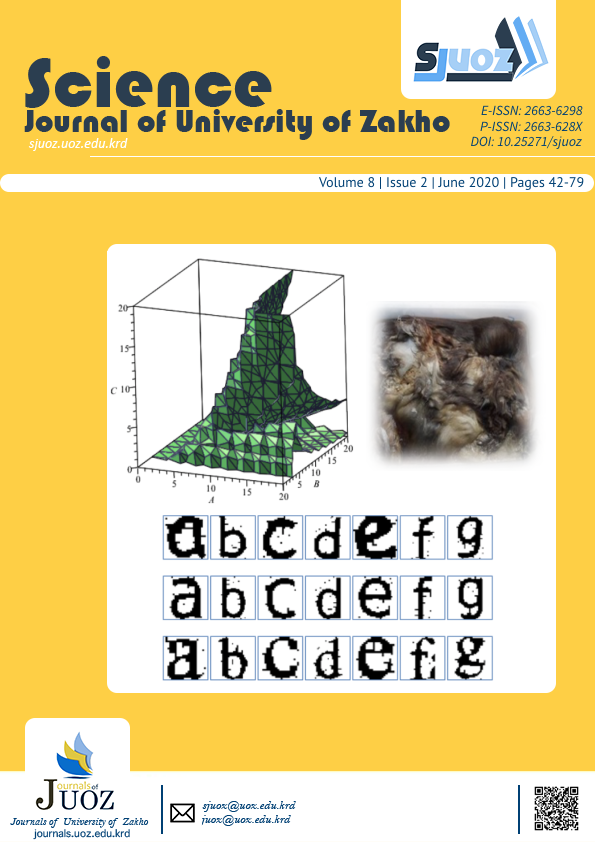The Underlying Pathology of Autoimmune Thyroid Disease is Il-22 Independent
Abstract
The thyroid gland is frequently associated with autoimmune disease. It produces thyroid hormones responsible for controlling cellular metabolism. The current case control study involved ninety subjects which were assigned into two equal-numbered groups of patients and apparently healthy controls. For laboratory evaluation, five millilitres of venous blood were withdrawn from individual participants, serum were collected and stored at –20 oC to be analysed. Immunoassay technique was used to measure the serum level of thyroid stimulating hormone (TSH), thyroxine (T4), and triiodothyronine (T3). While ELISA technique was used for measuring the serum levels of anti-thyroid peroxidase (anti-TPO) antibodies and IL-22. The results of the current study showed that, in the patient group, thirty eight (84.44 %) subjects were diagnosed with hypothyroidism, represented by thirty five female (77.77 %) and three male (6.67 %); furthermore, seven individuals (15.56 %) were grouped as hyperthyroid patients and represented by five females (11.11 %) and two males (4.45 %). The results also demonstrated that the serum TSH levels (12.04 ± 2.76) for the patients were significantly (p< 0.05) higher than that of the control group (1.87 ± 0.15). Whereas, T3 and T4 mean serum levels ± SE were 2.05 nmol/l ±0.14; 100.66 nmol/l ± 4.76 and 2.14 nmol/l ± 0.07; 105.37 nmol/l ± 2.92 for patient and control categories, respectively. The findings of this work showed that mean serum level (IU/ml) of anti-thyroidperoxidase antibody in patient group differed significantly (P <0.05) in comparison to control group (represented by 259.08±59.99 and 8.71 ±1.23, respectively). No statistical difference was non-significant when comparison involved mean serum concentration levels of IL-22 for patients (157.22 ng/ml ± 24.81) and controls (157.08 ng/ml ± 24.80). In conclusion: IL-22 cannot be proposed as an essential factor participating the development and/or the progression of autoimmune thyroid disease (AITD).
Full text article
Authors
Copyright (c) 2020 Hadi H. Hamad, Amir H. Raziq

This work is licensed under a Creative Commons Attribution 4.0 International License.
Authors who publish with this journal agree to the following terms:
- Authors retain copyright and grant the journal right of first publication with the work simultaneously licensed under a Creative Commons Attribution License [CC BY-NC-SA 4.0] that allows others to share the work with an acknowledgment of the work's authorship and initial publication in this journal.
- Authors are able to enter into separate, additional contractual arrangements for the non-exclusive distribution of the journal's published version of the work, with an acknowledgment of its initial publication in this journal.
- Authors are permitted and encouraged to post their work online.
